Latest Posts by youaurendenial - Page 4
Celebrating 10 Years of Revolutionary Solar Views
Twin spacecraft give humanity unprecedented views of the entire sun at one time, traveling to the far side of our home star over the course of a 10-year mission.

These two spacecraft are called STEREO, short for Solar and Terrestrial Relations Observatory. Launched on Oct. 25, 2006, and originally slated for a two-year mission, both spacecraft sent back data for nearly eight years, and STEREO-A still sends information and images from its point of view on the far side of the sun.

STEREO watches the sun from two completely new perspectives. It also provides information invaluable for understanding the sun and its impact on Earth, other worlds, and space itself – collectively known as space weather. On Earth, space weather can trigger things like the aurora and, in extreme cases, put a strain on power systems or damage high-flying satellites.
Because the rest of our sun-watching satellites orbit near our home planet, STEREO’s twin perspectives far from Earth give us a unique opportunity to look at solar events from all sides and understand them in three dimensions.

We use data from STEREO and other missions to understand the space environment throughout the solar system. This helps operators for missions in deep space prepare for the sudden bursts of particles and magnetic field that could pose a danger to their spacecraft.

STEREO has also helped us understand other objects in our solar system – like comets. Watching how a comet’s tail moves gives us clues about the constant stream of particles that flows out from the sun, called the solar wind.

STEREO is an essential piece of our heliophysics fleet, which includes 17 other missions. Together, these spacecraft shed new light on the sun and its interaction with space, Earth, and other worlds throughout the solar system.
To celebrate, we’re hosting a Facebook Live event on Wednesday, Oct. 26. Join us at noon ET on the NASA Sun Science Facebook page to learn more about STEREO and ask questions.
Learn more about how NASA studies the sun at: www.nasa.gov/stereo
Follow us on Tumblr for your regular dose of space: http://nasa.tumblr.com
A Space Odyssey: 21 Years of Searching for Another Earth
There are infinite worlds both like and unlike this world of ours. We must believe that in all worlds there are living creatures and plants and other things we see in this world. – Epicurus, c. 300 B.C.

Are we alone? Are there other planets like ours? Does life exist elsewhere in the universe?
These are questions mankind has been asking for years—since the time of Greek philosophers. But for years, those answers have been elusive, if not impossible to find.
The month of October marks the 21st anniversary of the discovery of the first planet orbiting another sun-like star (aka. an exoplanet), 51 Pegasi b or “Dimidium.” Its existence proved that there were other planets in the galaxy outside our solar system.*

Even more exciting is the fact that astronomers are in hot pursuit of the first discovery of an Earth-like exoplanet orbiting a star other than the sun. The discovery of the so-called “blue dot” could redefine our understanding of the universe and our place in it, especially if astronomers can also find signs that life exists on that planet’s surface.
Astronomy is entering a fascinating era where we’re beginning to answer tantalizing questions that people have pondered for thousands of years.

Are we alone?
In 1584, when the Catholic monk Giordano Bruno asserted that there were “countless suns and countless earths all rotating around their suns,” he was accused of heresy.

But even in Bruno’s time, the idea of a plurality of worlds wasn’t entirely new. As far back as ancient Greece, humankind has speculated that other solar systems might exist and that some would harbor other forms of life.
Still, centuries passed without convincing proof of planets around even the nearest stars.

Are there other planets like ours?
The first discovery of a planet orbiting a star similar to the sun came in 1995. The Swiss team of Michel Mayor and Didier Queloz of Geneva announced that they had found a rapidly orbiting gas world located blisteringly close to the star 51 Pegasi.

This announcement marked the beginning of a flood of discoveries. Exotic discoveries transformed science fiction into science fact:
a pink planet
worlds with two or even three suns
a gas giant as light as Styrofoam
a world in the shape of an egg
a lava planet

But what about another Earth?
Our first exoplanet mission**, Kepler, launched in 2009 and revolutionized how astronomers understand the universe and our place in it. Kepler was built to answer the question—how many habitable planets exist in our galaxy?

And it delivered: Thousands of planet discoveries poured in, providing statistical proof that one in five sun-like stars (yellow, main-sequence G type) harbor Earth-sized planets orbiting in their habitable zones– where it’s possible liquid water could exist on their surface.

Now, our other missions like the Hubble and Spitzer space telescopes point at promising planetary systems (TRAPPIST-1) to figure out whether they are suitable for life as we know it.

Does life exist elsewhere in the universe?
Now that exoplanet-hunting is a mainstream part of astronomy, the race is on to build instruments that can find more and more planets, especially worlds that could be like our own.

Our Transiting Exoplanet Survey Satellite (TESS), set for launch in 2017-2018, will look for super-Earth and Earth-sized planets around stars much closer to home. TESS will find new planets the same way Kepler does—via the transit method—but will cover 400 times the sky area.

The James Webb Space Telescope, to launch in 2018, wil be our most powerful space telescope to date. Webb will use its spectrograph to look at exoplanet atmospheres, searching for signs of life.

We still don’t know where or which planets are in the habitable zones of the nearest stars to Earth. Searching out our nearest potentially habitable neighbors will be the next chapter in this unfolding story.

*The first true discovery of extrasolar planets was actually a triplet of dead worlds orbiting the remains of an exploded star, called a pulsar star. Two of three were found by Dr. Alexander Wolszczan in 1992– a full three years before Dimidium’s discovery. But because they are so strange, and can’t support life as we know it, most scientists would reserve the “first” designation for a planet orbiting a normal star.
** The French CoRoT mission, launched in 2006, was the first dedicated exoplanet space mission. It has contributed dozens of confirmed exoplanets to the ranks and boasts a roster of some of the most well-studied planets outside our solar system.
To stay up-to-date on our latest exoplanet discoveries, visit: https://exoplanets.nasa.gov
Make sure to follow us on Tumblr for your regular dose of space: http://nasa.tumblr.com
Riding a rocket sled at @u.waterloo. I’ll be back in town on 16 Nov, stories & music at Centre in the Square http://centreinthesquare.com/event/chris-hadfield/ - with @dannymichelmusic! (at University of Waterloo)
What Cargo is Launching in October to the International Space Station?
On Sunday, Oct. 16, Orbital ATK is scheduled to send new science experiments to the International Space Station.

The Cygnus spacecraft will blast off from our Wallops Flight Facility in Virginia at 8:03 p.m. EDT carrying more than 5,000 pounds of science, supplies and equipment.
Let’s take a look at a few of these experiments:
Cool Flames
Low-temperature fires with no visible flames are known as cool flames. The Cool flames experiment examines these low-temperature combustion of droplets of a variety of fuels and additives in low gravity.

Why are we studying this? Data from this experiment could help scientists develop more efficient advanced engines and new fuels for use in space and on Earth.
Lighting Effects
Light plays a powerful role in our daily, or circadian, rhythms. Astronauts aboard the space station experience multiple cycles of light and dark every 24 hours, which, along with night shifts and the stresses of spaceflight, can affect their sleep quantity and quality.

The Lighting Effects investigation tests a new lighting system aboard the station designed to enhance crew health and keep their body clocks in proper sync with a more regular working and resting schedule.
Why are we studying this? Lighting manipulation has potential as a safe, non-pharmacological way to optimize sleep and circadian regulation on space missions. People on Earth, especially those who work night shifts, could also improve alertness and sleep by adjusting lighting for intensity and wavelength.
EveryWear
A user-friendly tablet app provides astronauts with a new and faster way to collect a wide variety of personal data. The EveryWear experiment tests use of this French-designed technology to record and transmit data on nutrition, sleep, exercise and medications. Astronauts use the app to complete questionnaires and keep medical and clinical logs. They wear a Smartshirt during exercise that records heart activity and body positions and transmits these data to the app. Finally, rather than manually recording everything that they eat, crew members scan barcodes on food packets to collect real-time nutritional data.

Why are we studying this? EveryWear has the potential for use in science experiments, biomedical support and technology demonstrations.
Fast Neturon Spectrometer
Outside the Earth’s magnetic field, astronauts are exposed to space radiation that can reduce immune response, increase cancer risk and interfere with electronics.

The Fast Neutron Spectrometer (FNS) experiment will help scientists understand high-energy neutrons, part of the radiation exposure experienced by crews during spaceflight, by studying a new technique to measure electrically neutral neutron particles.
Why are we studying this? This improved measurement will help protect crews on future exploration missions, like our journey to Mars.
Watch Launch
Ahead of Sunday’s launch, there will be various opportunities to learn more about the mission:

What’s on Board Science Briefing Saturday, Oct. 15 at 4 p.m. EDT Scientists and researchers will discuss some of the experiments being delivered to the station. Watch HERE.
Prelaunch News Briefing Saturday, Oct. 15 at 6 p.m. EDT Mission managers will provide an overview and status of launch operations. Watch HERE.
LAUNCH!!! Sunday, Oct. 16 at 7 p.m. EDT Watch live coverage and liftoff! Launch is scheduled for 8:03 p.m. EDT. Watch HERE.
Facebook Live Starting at 7:45 p.m. EDT you can stream live coverage of the launch on NASA’s Facebook page. Watch HERE.
Make sure to follow us on Tumblr for your regular dose of space: http://nasa.tumblr.com












Dog owners please be aware.



Getting to Mars: A New Rocket for the Journey
Do you know what the structural backbone is of our new rocket, the Space Launch System? If you answered the core stage, give yourself a double thumbs up! Or better yet, have astronaut Scott Kelly do it!

We’re on a journey to Mars. For bolder missions to deep space, we need a big, powerful rocket like SLS to take astronauts in the Orion spacecraft to places we’ve never gone before. The core stage is a major part of that story, as it will house the fuel and avionics systems that will power and guide the rocket to those new destinations beyond Earth’s orbit. Here’s how:
It’s Big, and It’s Fast.
The core stage will be the largest rocket stage ever built and is under construction right now at our Michoud Assembly Facility in New Orleans. It will stand at 212 feet tall and weigh more than 2.3 million pounds with propellant. That propellant is cryogenic liquid hydrogen and liquid oxygen that will feed the vehicle’s RS-25 engines. In just 8.5 minutes, the core stage will reach Mach 23, which is faster than 17,000 mph!
It’s Smart.

Similar to a car, the rocket needs all the equipment necessary for the “drive” to deep space. The core stage will house the vehicle’s avionics, including flight computers, instrumentation, batteries, power handling, sensors and other electronics. That’s a lot of brain power behind those orange-clad aluminum walls. *Fun fact: Orange is the color of the rocket’s insulation.
It’s a Five-Parter.

The core stage is made up of five parts. Starting from the bottom is the engine section, which will deliver the propellants to the four RS-25 engines. It also will house avionics to steer the engines, and be an attachment point for the two, five-segment solid rocket boosters. The engine section for the first SLS flight has completed welding and is in the final phases of manufacturing at Michoud.

Next up is the liquid hydrogen tank. It will hold 537,000 gallons of liquid hydrogen cooled to -423 degrees Fahrenheit. Right now, engineers are building the tank for the first SLS mission. It will look very similar to the qualification test article that just finished welding at Michoud. That’s an impressive piece of rocket hardware!

The next part of the core stage is the intertank, which will join the propellant tanks. It has to be super strong because it is the attachment point for the boosters and absorbs most of the force when they fire 3.6 million pounds of thrust each. It’s also a “think tank” of sorts, as it holds the SLS avionics and electronics. The intertank is even getting its own test structure at our Marshall Space Flight Center in Huntsville, Alabama.

And then there’s the liquid oxygen tank. It will store 196,000 gallons of liquid oxygen cooled to -297 degrees. If you haven’t done the math, that’s 733,000 gallons of propellant for both tanks, which is enough to fill 63 large tanker trucks. Toot, toot. Beep, beep! A confidence version of the tank has finished welding at Michoud, and it’s impressive. Just ask this guy.

The topper of the core stage is the forward skirt. Funny name, but serious hardware. It’s home to the flight computers, cameras and avionics. The avionics system is being tested right now in a half-ring structure at the Marshall Center.

You can click here for more SLS core stage facts. We’ll continue building, and see you at the launch pad for the first flight of SLS with Orion in 2018!
Make sure to follow us on Tumblr for your regular dose of space: http://nasa.tumblr.com







can someone explain the alignment chart for me but in like, the simplest wording possible lmao

ME MMF FUCKING HOWLIJG JH








Brooklyn Nine-Nine characters as Pokémon Go teams. What team are you on?
Build it. Test it. Then, Fly it.
Hundreds of pieces of rockets, rocket engines, boosters, space capsules, launch structures and more have been built, tested and prepared to take us on our Journey to Mars. Across the country, America’s space program is hard at work to launch the Orion space capsule on its first uncrewed flight atop the powerful Space Launch System in 2018.

But enough of the artist concepts, let’s take a look at the real components being made across the country to prepare for this milestone:
Orion Spacecraft

From testing individual bracket strength to space flight tests, the Orion team is testing every component and subsystem of the spacecraft to ensure crew safety, operational reliability and backup systems are built into the spacecraft from the ground up. To date, hundreds of tests have been conducted across the program to verify and validate that Orion’s design, manufacturing and systems integration meet the rigorous requirements for safe human space exploration.

Orion engineers have subjected the spacecraft to deafening sound blasts, Earthquake-like vibrations and hurricane-force winds in preparation for Orion’s next flight. Large structures such as Orion’s crew and service modules were tested at Lockheed Martin’s Waterton Facility in Littleton, Colorado, and our Glenn Research Center’s Plum Brook Station in Sandusky, Ohio. Motor and engine tests have been conducted at Aerojet Rocketdyne’s facility in Sacramento, California, and Orbital ATK’s facilities in Promontory, Utah, and Elkton, Maryland.

Water impact testing of Orion’s landing capabilities were conducted at our Langley Research Center in Hampton, Virginia, and the capsule’s massive parachute system has been tested in various landing scenarios at the U.S. Army’s Yuma Proving Ground in Arizona. Final assembly, integration and pre-flight testing will take place at our Kennedy Space Center in Florida.
Space Launch System

Towering more than 200 feet, the Space Launch System will be the world’s most powerful rocket. Consisting of a core stage and two boosters, RS-25 engines, and the software to power it all, the initial configuration will provide 15 percent more thrust at launch than the Saturn V rocket and carry more than three times the mass of the Space Shuttle. When complete, we’ll be ready to fire up the largest and most powerful rocket ever built on it’s inaugural launch.

At our Michoud Assembly Facility in New Orleans, a talented crew of humans with the latest in machinery is building SLS’s core stage. The core stage is the structural backbone of SLS that stores cryogenic liquid hydrogen and liquid oxygen that feed the vehicle’s four RS-25 engines.

For two monumental minutes in June, the SLS solid rocket boosters fired up in an amazing display of power as engineers verified their designs in the last full-scale test before SLS’s first flight. The smoke and fire may last only two minutes, but engineers at NASA’s Marshall Space Flight Center in Huntsville, Alabama, and Orbital ATK in Promontory, Utah, prepared weeks — even months — in advance for that test.
Launch Site

At our Kennedy Space Center in Florida, teams are hard at work transforming the historic Vehicle Assembly Building for the launches of tomorrow. Like a stairway to the heavens, these upgrades include the building and installation of platforms to access the new Space Launch System rocket.

Before SLS roars into deep space from Launch Pad 39B, our Ground Systems program continues making significant upgrades and modifications to the historic launch pad to accommodate the new rocket’s shape and size.

To make room for this new generation of rockets, workers took down the gantry that stood in support of the Space Shuttle program for 30 years and replaced it with, well, not much really. But that was the idea. Whenever SLS heads out to the pad in the future, it’s going to bring its support structure with it. With that in mind, Pad 39B will provide all the fluids, electrical, and communications services to the launch platform.

All of this work is essential to get SLS flight ready before it’s maiden voyage and is an important step on our Journey to Mars.
Next Steps
The work happening across the country is preparing us for the first flight of SLS and Orion in 2018. That first, uncrewed test flight is critical to paving the way for future flights that will carry astronauts to deep space, including on a journey to Mars.

Ultimately, the SLS maiden flight will help us prepare for future human missions. During this flight, currently designated Exploration Mission-1, the spacecraft will travel thousands of miles beyond the moon over the course of about a three-week mission.

It will launch on the most powerful rocket in the world and fly farther than any spacecraft built for humans has ever flown. Orion will stay in space longer than any ship for astronauts has done without docking to a space station and return home faster and hotter than ever before.
Make sure to follow us on Tumblr for your regular dose of space: http://nasa.tumblr.com

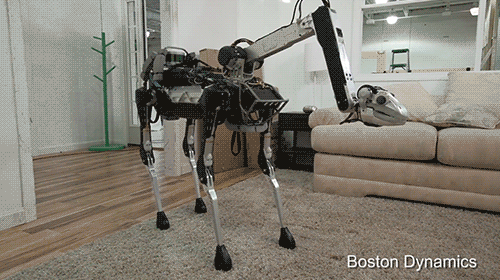
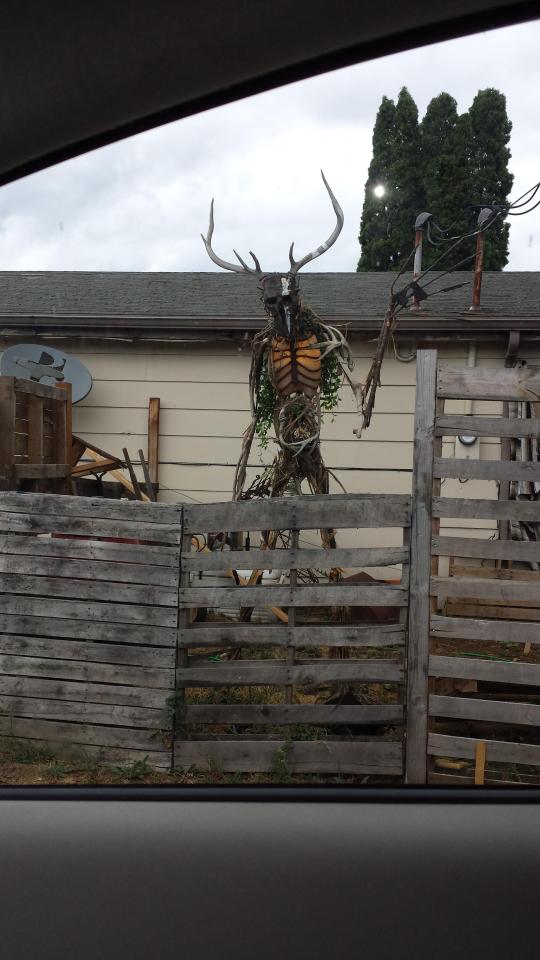
“A house I pass on the way to work has this sculpture in its yard. Its about 8 feet tall.”
(Source)


Here’s some cardio lecture crammed into a gif. >_> You see I DO STUDY!!
I tried to match the gif’s frame rate timing to a real resting heartbeat, so if you’re sitting at a computer this might match you! The rate for this heart is 72 bpm. (unless it’s lagging. please do not match the lagging heartbeat, only zombies do that.)
I’VE LISTENED TO THIS 58 TIMES SNED HELP

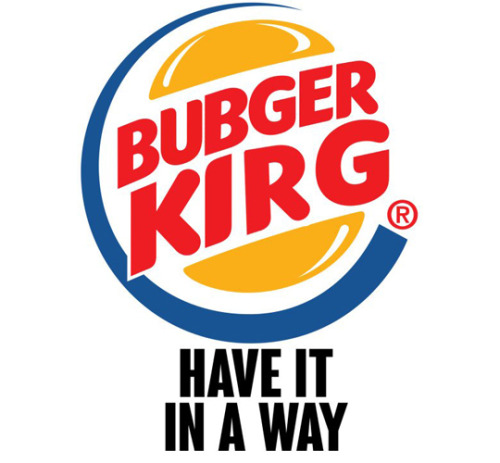



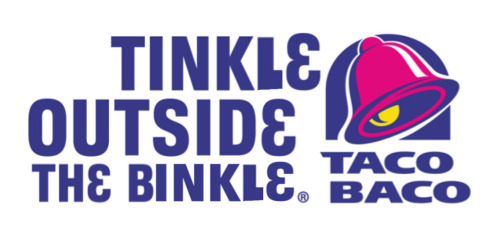
This is art. (via zebrakebebra)
36 Things You Obviously Need In Your New Home
A Fire Pit IN THE POOL

A Door That Turns into a Ping-Pong Table

Chilled Produce Drawers in the Kitchen
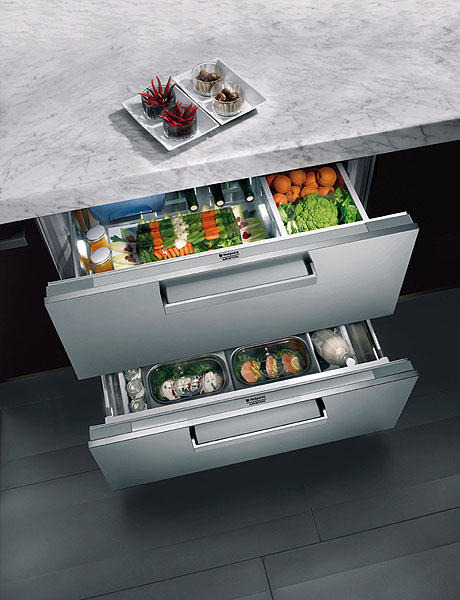
A Wine Cellar Trap Door

A Sleepover Room

A Door Handle That Automatically Turns Off Electricity and Gas When You Leave

A Swing-Set Dining Table

A Built-In TV for the Bathtub

A Glass-Encased Fireplace
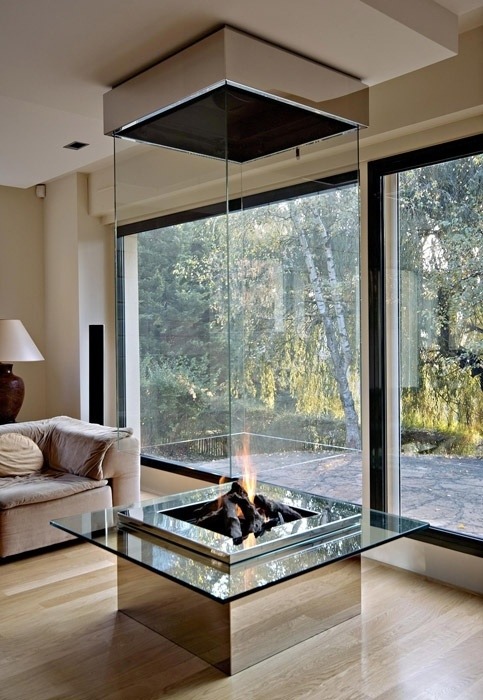
A Loft Hammock

A Hot Tub That Flows from the Inside to Outside

A Huge Round Bedroom Window

A Stained-Glass Door
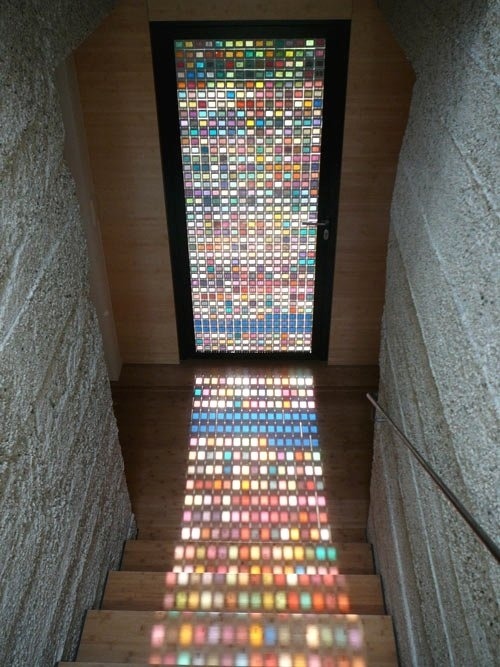
A Library Staircase/Slide
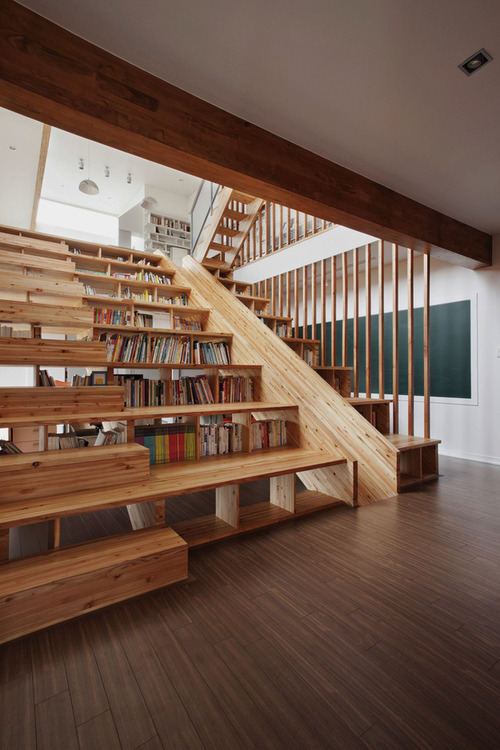
A Bone-Shaped Pool for Your Dog


That’s how you start the Terminator movies, Keith.

